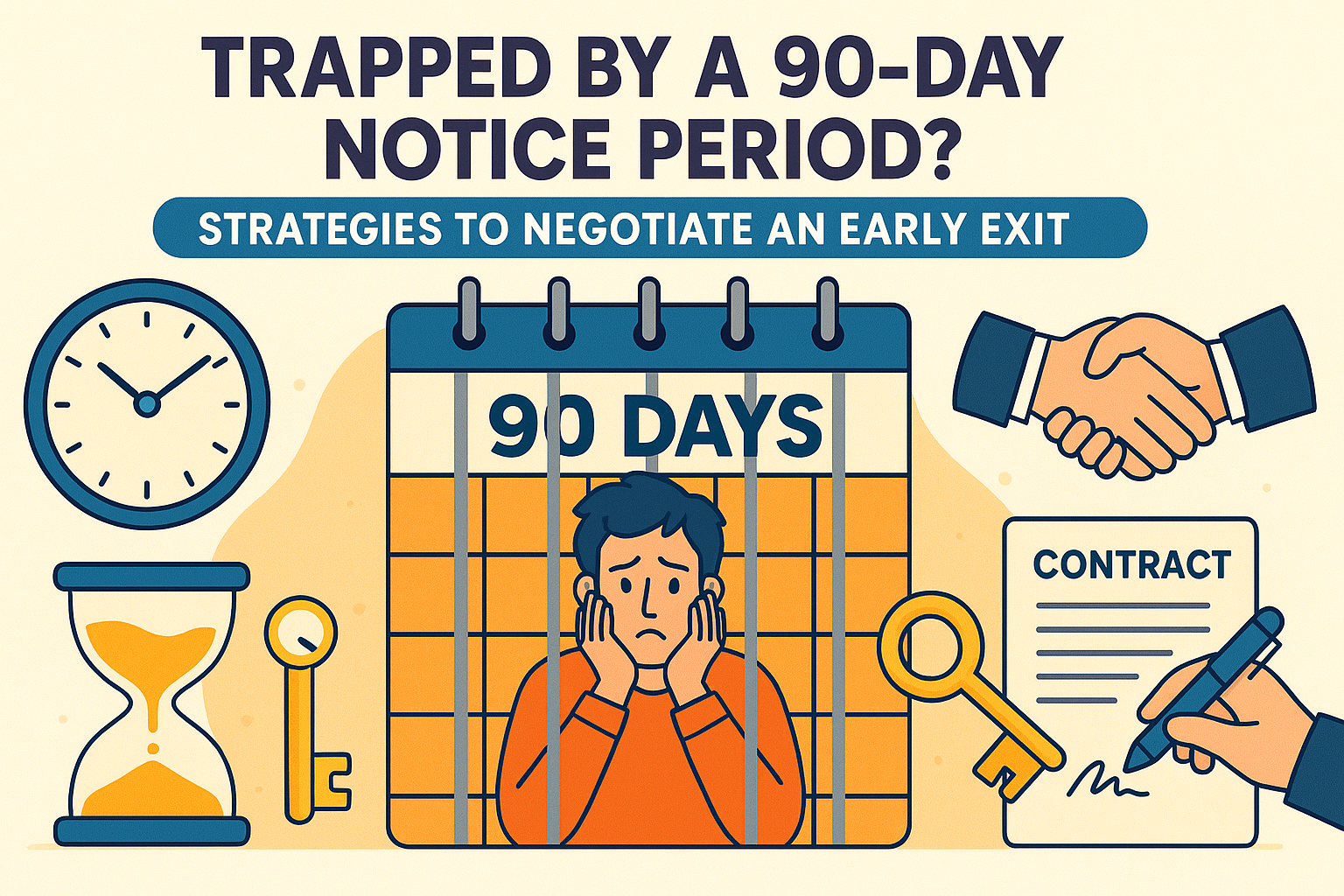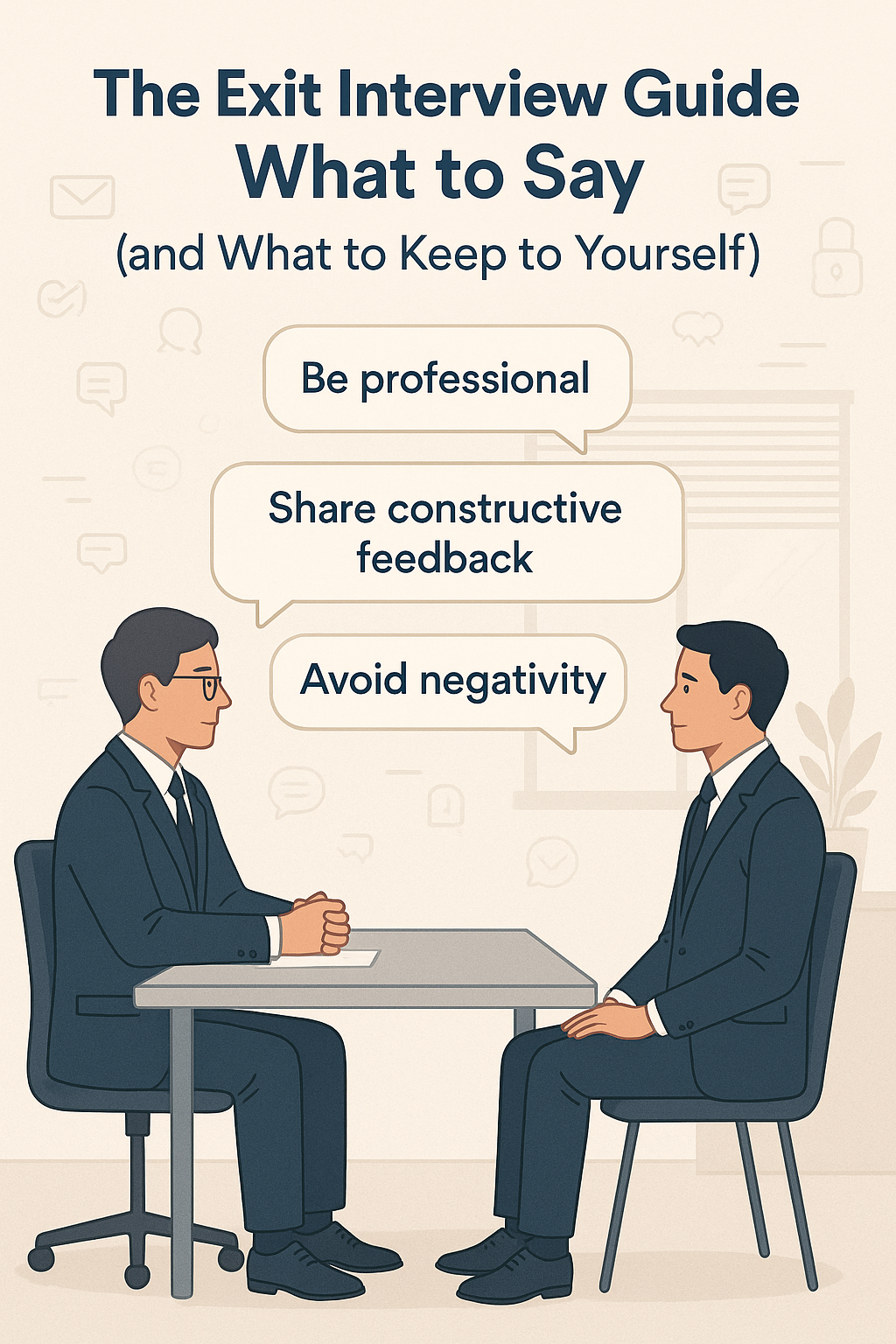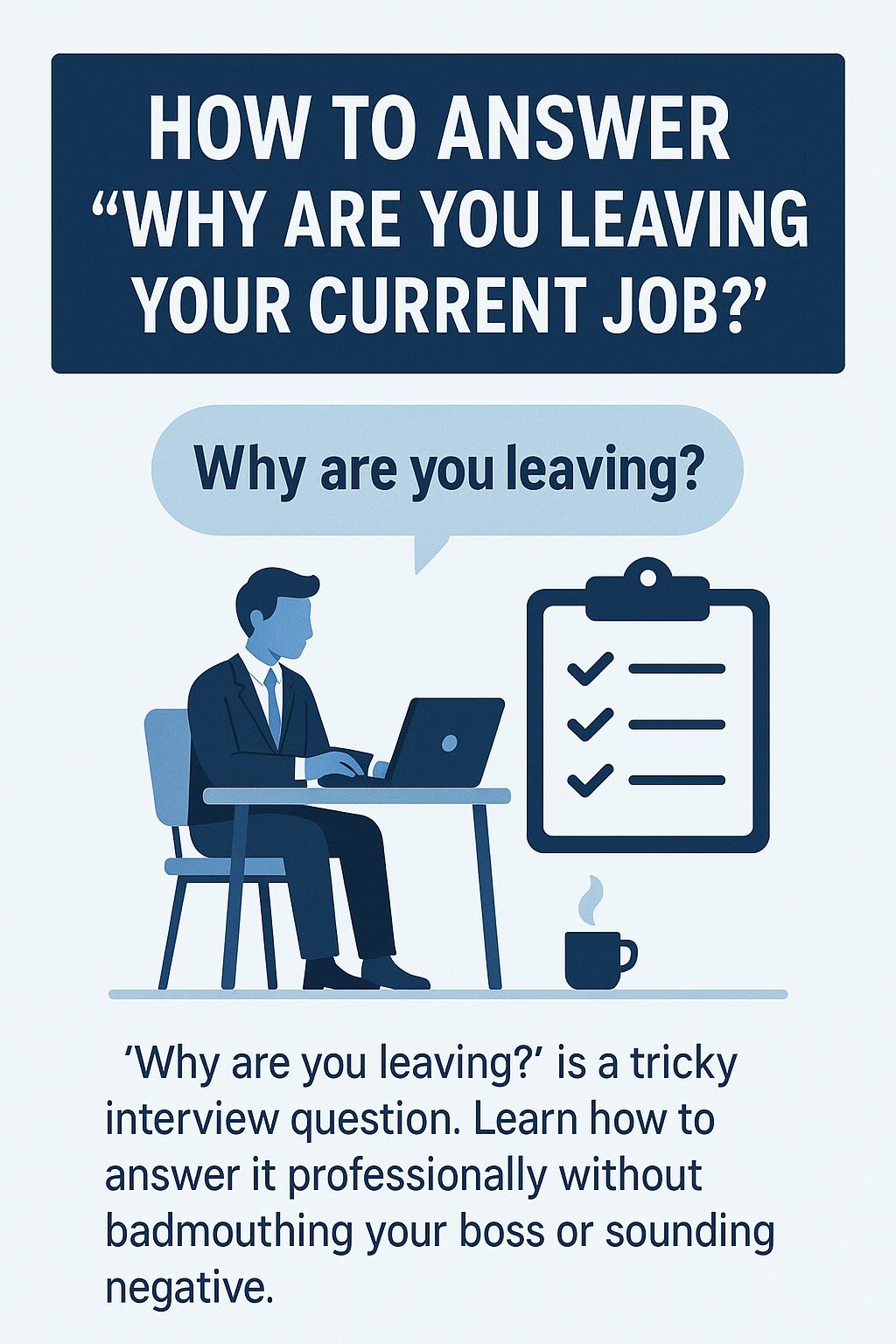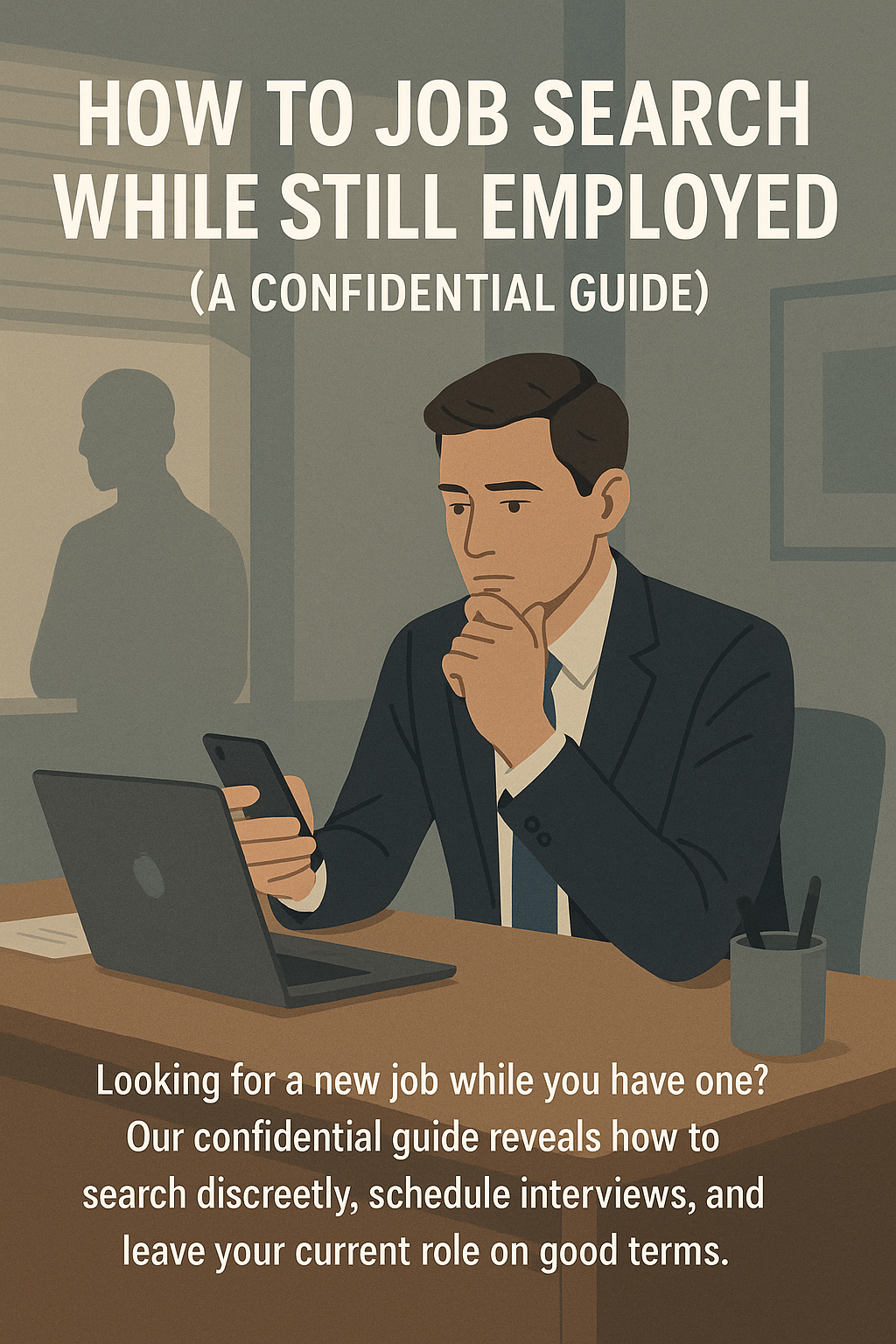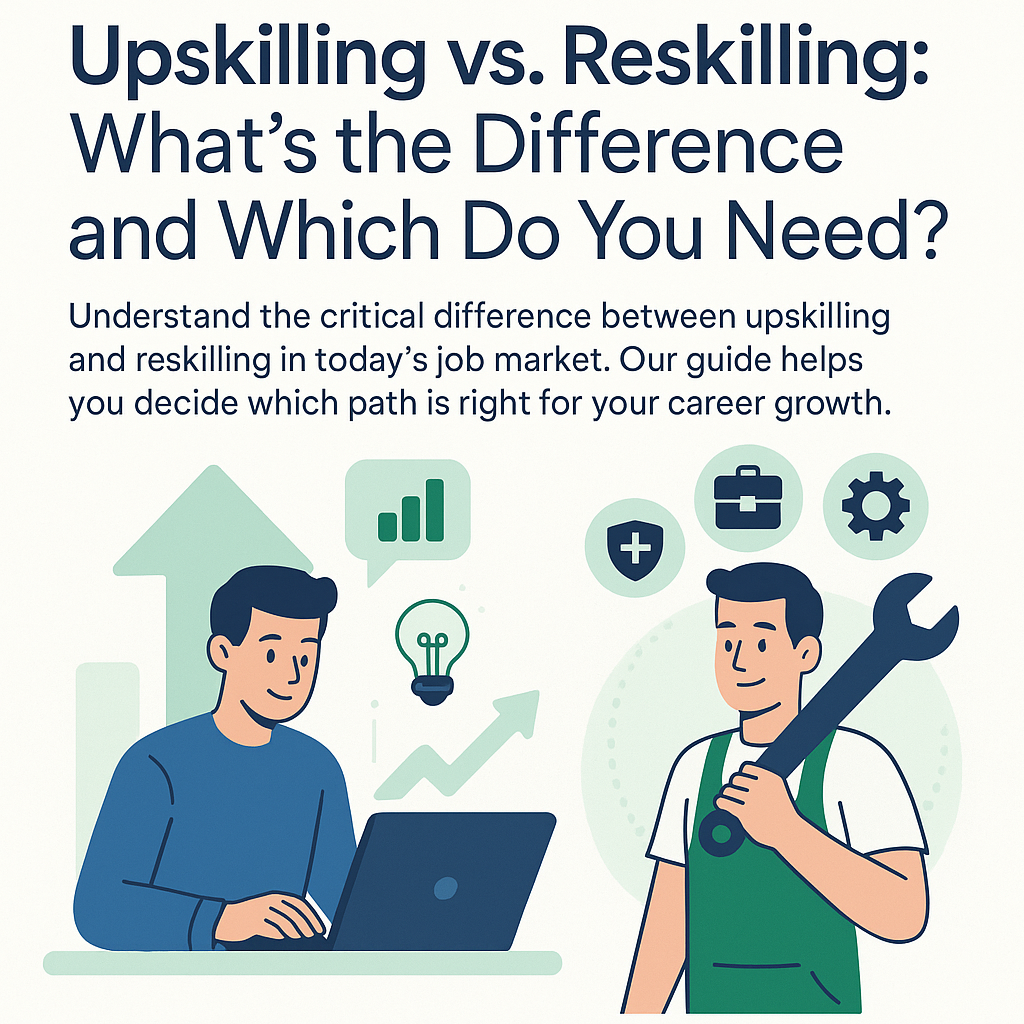
Upskilling vs. Reskilling: What's the Difference and Which Do You Need?
In the relentless, fast-forward world of the modern career, there is one undeniable truth: the skills that got you here won't be enough to get you where you want to go. Technology is advancing at an exponential rate, industries are being disrupted overnight, and job roles are evolving so quickly that today's cutting-edge expertise can become tomorrow's baseline expectation. In this dynamic environment, the most dangerous mindset a professional can have is the belief that their learning journey ended with their college degree.
To stay relevant, competitive, and in control of your career trajectory, you must embrace the philosophy of lifelong learning. It is no longer a passive suggestion; it is an active, non-negotiable requirement for long-term success. As you begin to explore the world of professional development, you will constantly encounter two terms that are often used interchangeably but represent two distinct and powerful strategies: upskilling and reskilling.
While both are centered around the acquisition of new knowledge, they represent fundamentally different approaches to career development. Understanding the difference between them is the first and most critical step in making a strategic decision about your own growth. Are you looking to deepen your expertise and climb the ladder in your current field, or are you preparing to pivot to an entirely new one? The answer to that question will determine whether you need to upskill or reskill.
This guide will provide a clear, comprehensive breakdown of these two crucial concepts. We will explore what each one entails, who it's for, and how to strategically implement them into your career plan. By understanding the power of both upskilling and reskilling, you can move from being a passive passenger in your career to being an active, strategic architect of your professional future.
Defining the Terms: Two Sides of the Same Growth Coin
Let's start with a clear and simple definition of each term.
What is Upskilling?
Upskilling is the process of learning new, advanced skills to improve your performance and proficiency in your current role or career path. It’s about building upon your existing knowledge base to become better, faster, and more valuable at what you already do. The goal of upskilling is to deepen your expertise, stay current with the latest trends and technologies in your field, and position yourself for advancement along a linear career trajectory.
Think of it as adding new, more powerful tools to your existing toolkit. You are not changing your trade; you are becoming a master craftsman.
Examples of Upskilling: * A digital marketer who is an expert in SEO takes an advanced course on data analytics to better measure the impact of their campaigns. * A Java developer learns the latest Spring Boot framework or gets a certification in AWS to deploy their applications more efficiently in the cloud. * A project manager gets a PMP or Agile certification to manage more complex projects.
What is Reskilling?
Reskilling, on the other hand, is the process of learning a new set of skills to transition into a completely different role or career path. It’s about building an entirely new toolkit for a new trade. The goal of reskilling is not to improve in your current job, but to prepare yourself for a new one, often in a different industry or function altogether. It is the essential first step for anyone planning a significant career change.
Examples of Reskilling: * A customer service representative who is tired of their role learns to code by attending a programming bootcamp to become a software developer. * A journalist with strong writing skills takes courses in SEO and digital marketing to transition into a career as a content marketer. * A factory floor manager takes a course in supply chain analytics to move into a corporate logistics planning role.
Upskilling: The Strategy for Vertical Growth
Upskilling is the strategy for professionals who are happy and engaged in their current field and want to accelerate their upward mobility. It is a proactive defense against stagnation and a powerful offense for securing promotions and higher salaries.
Who Should Focus on Upskilling?
You should prioritize upskilling if: * You are passionate about your current industry and see a long-term future in it. * You want to be considered for a promotion to a senior or lead position within your current team or department. * You've noticed that new technologies or methodologies are becoming standard in your field, and you need to catch up to stay relevant. * You want to become a recognized expert or a "go-to" person on your team for a specific skill.
How to Build an Effective Upskilling Plan
- Identify the Skill Gaps for the Next Role: Don't just think about your current job; look at the job descriptions for the role one or two levels above you. What skills and qualifications are listed there that you don't currently possess? This is your upskilling roadmap. Talk to your manager about your career goals and ask for their perspective on the skills you need to develop.
- Leverage Micro-Learning and Certifications: Upskilling doesn't always mean going back to college. The modern professional landscape is filled with opportunities for targeted learning. Industry-recognized certifications (like those from AWS, Google, or HubSpot) are a fantastic way to validate your new skills. Online learning platforms like Coursera, Udemy, and Allrounder.ai offer a wealth of courses that you can complete at your own pace.
- Seek Out On-the-Job Opportunities: The best way to solidify a new skill is to use it. Volunteer for a project at work that will force you to learn that new software or methodology. This "stretch assignment" is one of the most effective forms of upskilling because it's practical, visible, and directly contributes to your company's goals.
Reskilling: The Strategy for a Successful Pivot
Reskilling is the strategy for those who feel a fundamental mismatch between their current career and their long-term aspirations. It’s a bold, transformative process that can lead to a more fulfilling and rewarding professional life.
Who Should Focus on Reskilling?
You should seriously consider reskilling if: * You feel consistently unengaged, bored, or burnt out in your current career, and a simple job change won't fix the core problem. * Your current industry is in decline or is being heavily automated, and you are concerned about your long-term job security. * You have discovered a new passion or interest and want to turn it into a full-time profession. * Your personal priorities have changed, and you are seeking a new career that offers a better work-life balance, more flexibility, or a greater sense of purpose.
How to Build a Successful Reskilling Plan
- Validate Your New Path (Test Before You Invest): Before you quit your job and invest in a year-long program, you must validate that your new career choice is the right fit. This involves the deep research and "test-driving" we discussed in our article on making a career change. Conduct informational interviews, take a short introductory online course, and try to do a small freelance project in the new field. This initial validation step is crucial to avoid a costly mistake.
- Choose the Right Learning Format: Reskilling often requires a more significant time and financial investment than upskilling. You need to choose the learning format that best suits your goals and circumstances. This could be a structured, intensive bootcamp for a career in tech, a part-time postgraduate diploma program, or a curated set of online courses that allow you to build a new skill set while still working your current job. For technical fields, a platform that offers hands-on coding practice is essential for building real-world, job-ready skills.
- Build a Portfolio of New Work: When you are reskilling, you are building a new track record from scratch. A course certificate is good, but a portfolio of tangible projects is much better. If you're learning to code, build a few small applications and host them on GitHub. If you're learning graphic design, create a portfolio of personal projects. This portfolio is the proof that you can do the work, and it will be the centerpiece of your new, "pivot" resume. A powerful tool like the JobPe Resume Builder can help you structure your new resume to highlight this project-based experience effectively.
The Convergence of Upskilling and Reskilling
In today's fluid job market, the lines between upskilling and reskilling can sometimes blur. A significant upskilling effort can sometimes open the door to a reskilling opportunity. For example, a traditional marketing manager who aggressively upskills in data analytics might find themselves so proficient that they are qualified for a full-fledged data analyst role.
The key takeaway is that both strategies are rooted in the same fundamental principle: a proactive commitment to personal and professional growth.
Conclusion: Invest in Yourself, Invest in Your Future
The most valuable asset you will ever have is not your job title or your current salary; it is your portfolio of skills. In a world of constant change, the only true career security comes from your ability to adapt, learn, and reinvent yourself.
Take a hard, honest look at your career. Are you on a path that excites you and has long-term potential? If yes, then an aggressive upskilling strategy is your key to accelerating your journey. Do you feel a growing sense of misalignment and a desire for a fundamental change? If yes, then a thoughtful and strategic reskilling plan is your pathway to a more fulfilling future.
Don't wait for your company to suggest a training course or for your skills to become obsolete. Take ownership of your own development. The decision to upskill or reskill is one of the most powerful career choices you can make. It is a direct investment in yourself—and that is an investment that will always pay the highest dividends.
To explore opportunities that align with your current or newly acquired skills, https://jobpe.com and set up targeted job alerts to stay on top of the market.

Creative Content Writer


